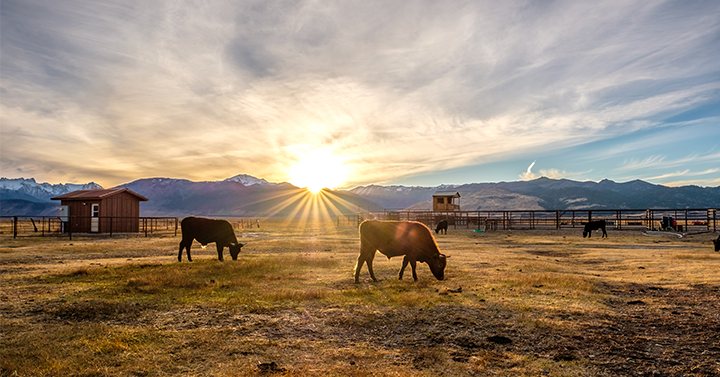The herbicides market for vegetation management in range and pastureland has seen significant changes over the last three years, according to our latest research.
Severe drought conditions in the west and central regions of the U.S. in 2021 and 2022, together with the impacts of supply chain challenges, raw material shortages, and increased freight costs, all impacted the market in significant ways since our last assessment in 2019. While range and pastureland exist in all 50 U.S. states, a majority of range and pastureland acres are found in the west region and central plains.
Rangelands — expansive areas of land that are primarily characterized by grasses, shrubs, and other vegetation suitable for grazing livestock — are typically unsuitable for intensive crop cultivation due to factors such as aridity, topography, or soil conditions. Rangelands include natural grassland, savannas, many wetlands, some deserts, tundra, and certain forb and shrub communities.
Pastures are those lands primarily used for the production of adapted, domesticated forage plants for livestock. They have been seeded, usually to introduced species (e.g., tall fescue) or, in some cases, to native plants (e.g., switchgrass). Other grazing lands include woodlands, native pastures, and croplands producing forages. The major differences between ranges and pastures are the kind of vegetation and level of management that each land area receives.
According to the National Oceanic and Atmospheric Association, much of the western half of the U.S. and central and southern plains were impacted by drought for a majority of 2022, and continental U.S. drought conditions remained severe for a second year in a row.
In the pasture market, sales for herbicides have grown by a 3.1% CAGR over the last three years; however, the total acres treated declined by a 17.2% CAGR over the same time frame. Overall prices of herbicides used on private pastureland increased in the last three years, mainly due to the supply chain disruptions as a result of the COVID-19 pandemic in 2020. A shortage of raw materials, an increase in freight cost, delayed transportation, and logistics were some of the major factors that contributed to the increased prices. Conversely, demand for acre treatments was significantly affected by the drought situation that occurred in 2021/2022, with acre treatments on pastureland estimated to have been reduced by 40% to 50%. Therefore, even though the overall acre treatments decreased in 2022 compared to 2019, herbicide sales increased as a result of product price increases.
A similar scenario was found in rangeland, says Laura Mahecha, Director of our Agrochemicals practice, with overall sales of herbicides growing by a 4.0% CAGR over the past three years, while total acres treated witnessed a decline of 21.0% CAGR. The same supply chain disruptions, shortage of raw materials, and increased freight costs drove overall prices of herbicides up. On the other hand, demand for acre treatments was significantly affected by the drought that occurred in 2021/2022, with acre treatments estimated to have reduced by half since 2019.
For more information on the subject, be on the lookout for Kline’s Industrial Vegetation Management Market for Pesticides: U.S. Market Analysis and Opportunities study. Scheduled to be published later this summer, it will feature a comprehensive analysis examining the industrial vegetation management market in the United States, providing details on the important market segments while focusing on key trends, developments, changes, challenges, and business opportunities in the following end-use segments:
- Rangeland and pastureland
- Railroads
- Roadways
- Forestry
- Aquatic areas
- Electric utilities
- Pipelines
Also, to be included are insights and information gathered from a recently completed survey of more than 300 range and pastureland managers and state range-management extension agents. In addition, the report will feature market size and segmentation for herbicides by brand and weed type, invasive weeds and herbicide treatments, acre treatments by market segment and brand, active ingredient usage by market segment, supplier summary totals by brand, and separate totals for pre- and post-emergence herbicides by market segment. For more information about this report or any of our other Agrochemicals studies, feel free to contact us.

